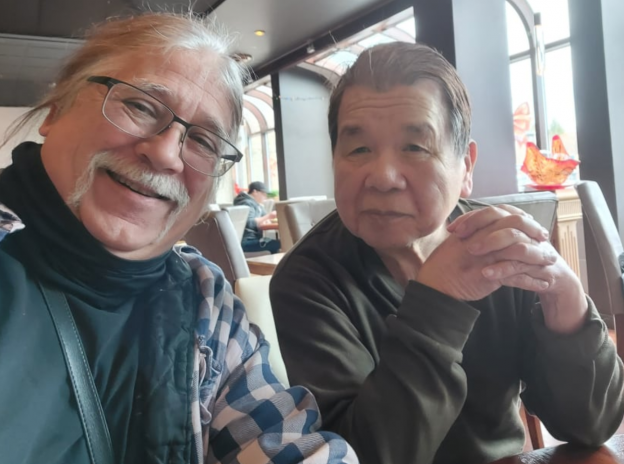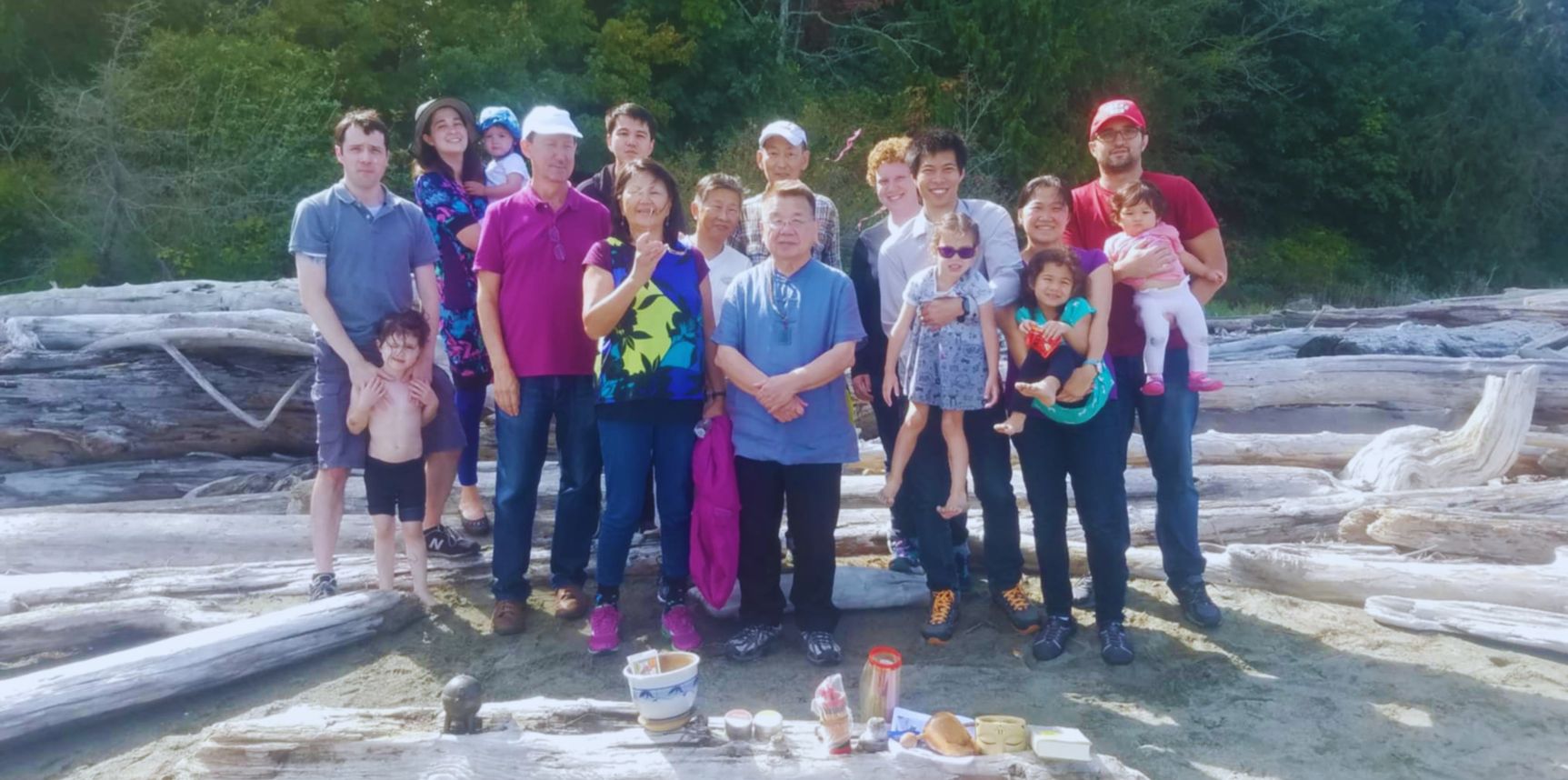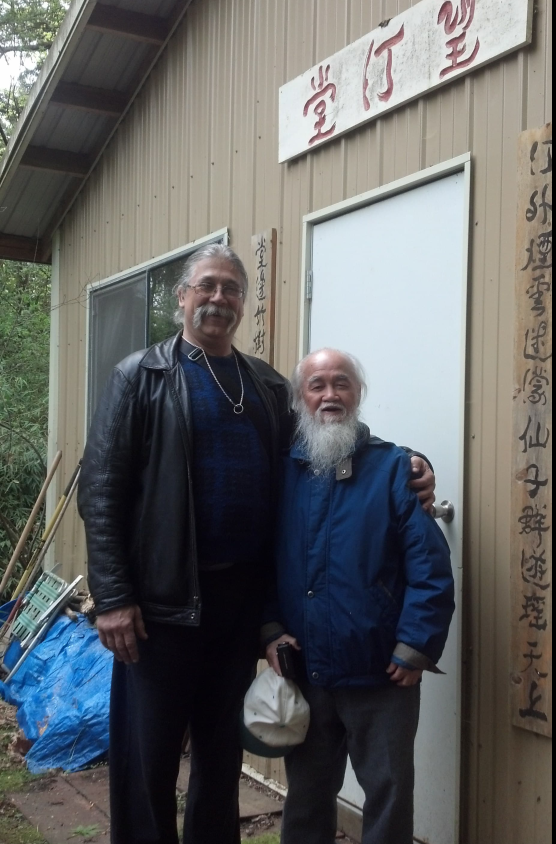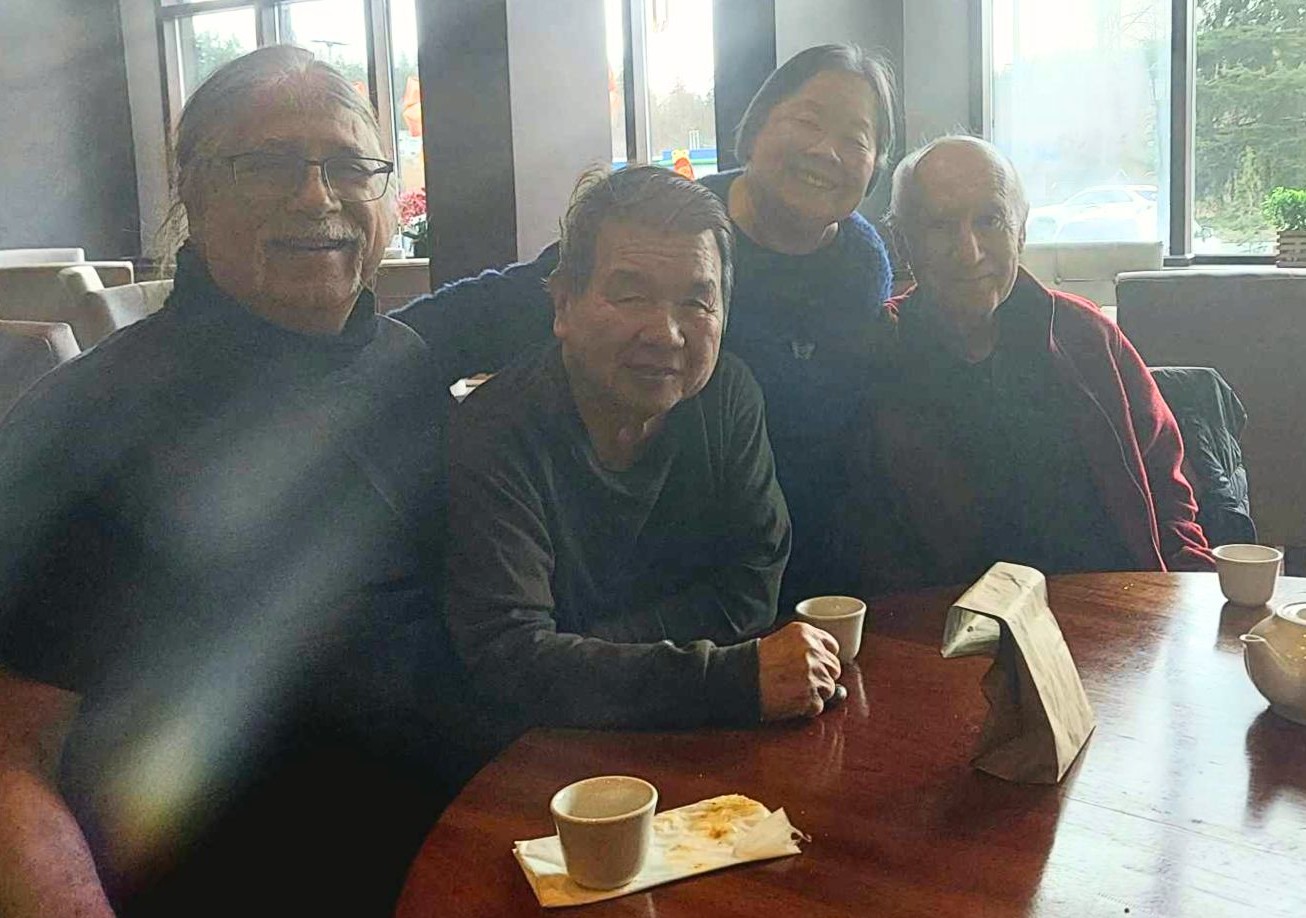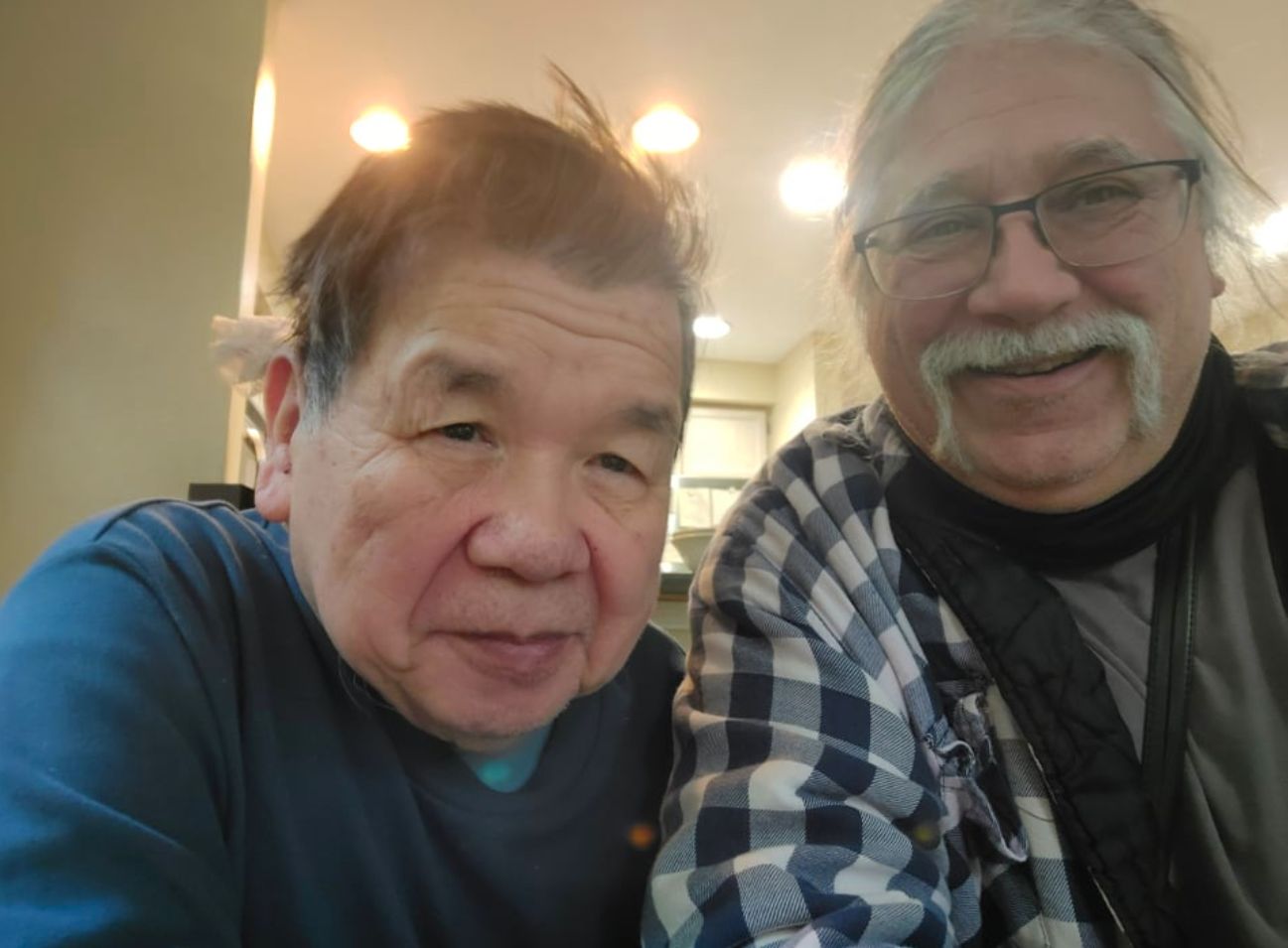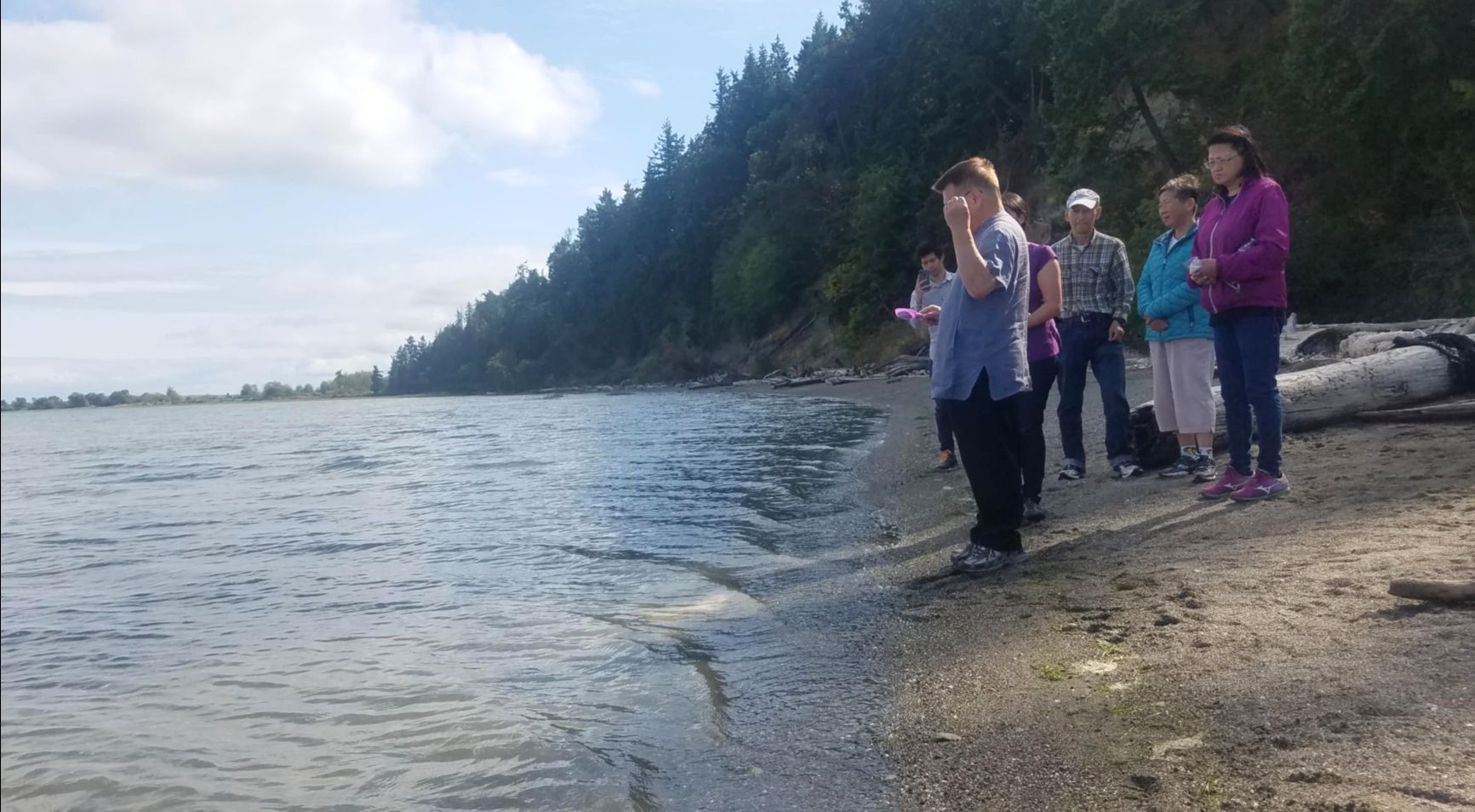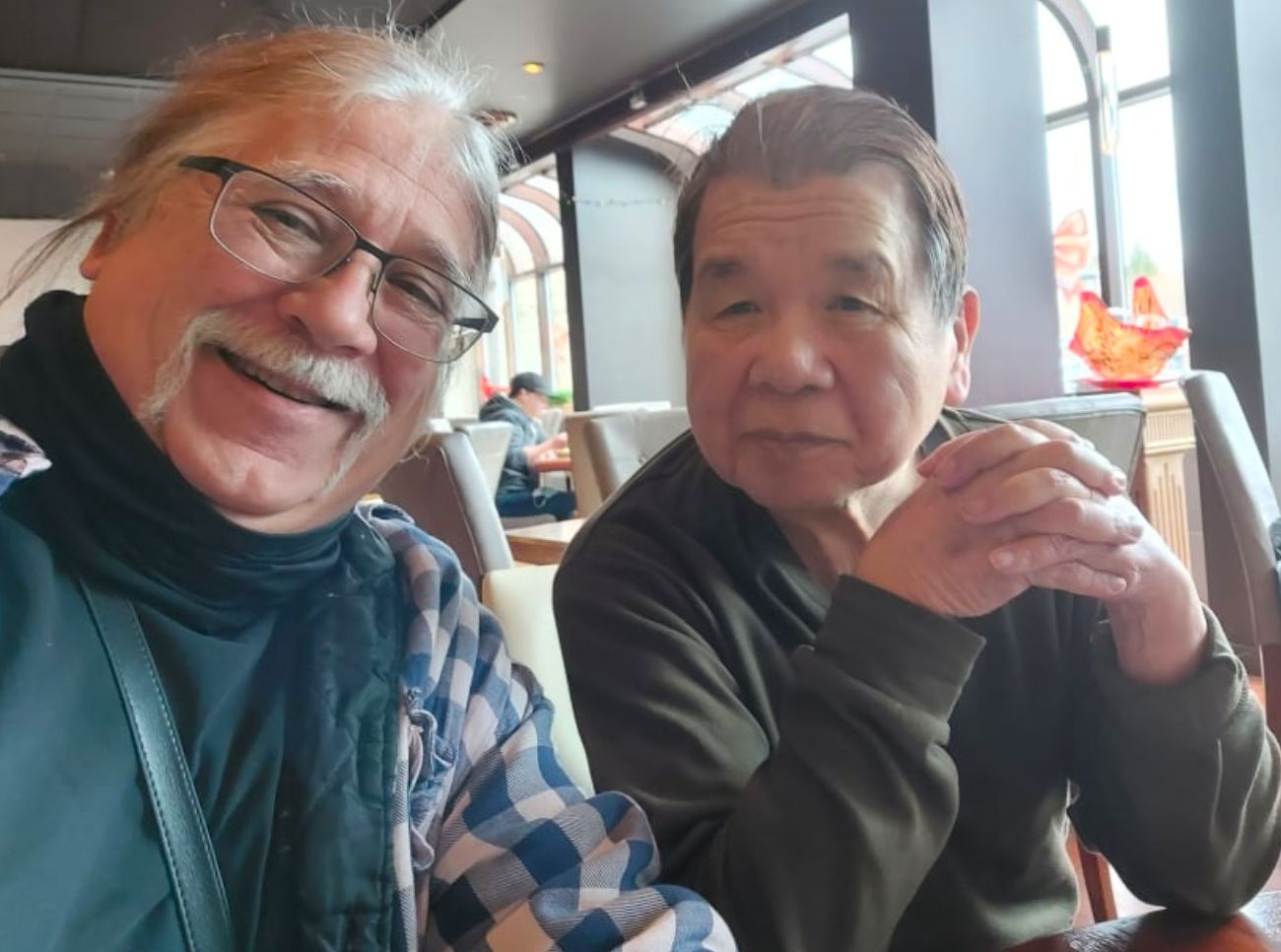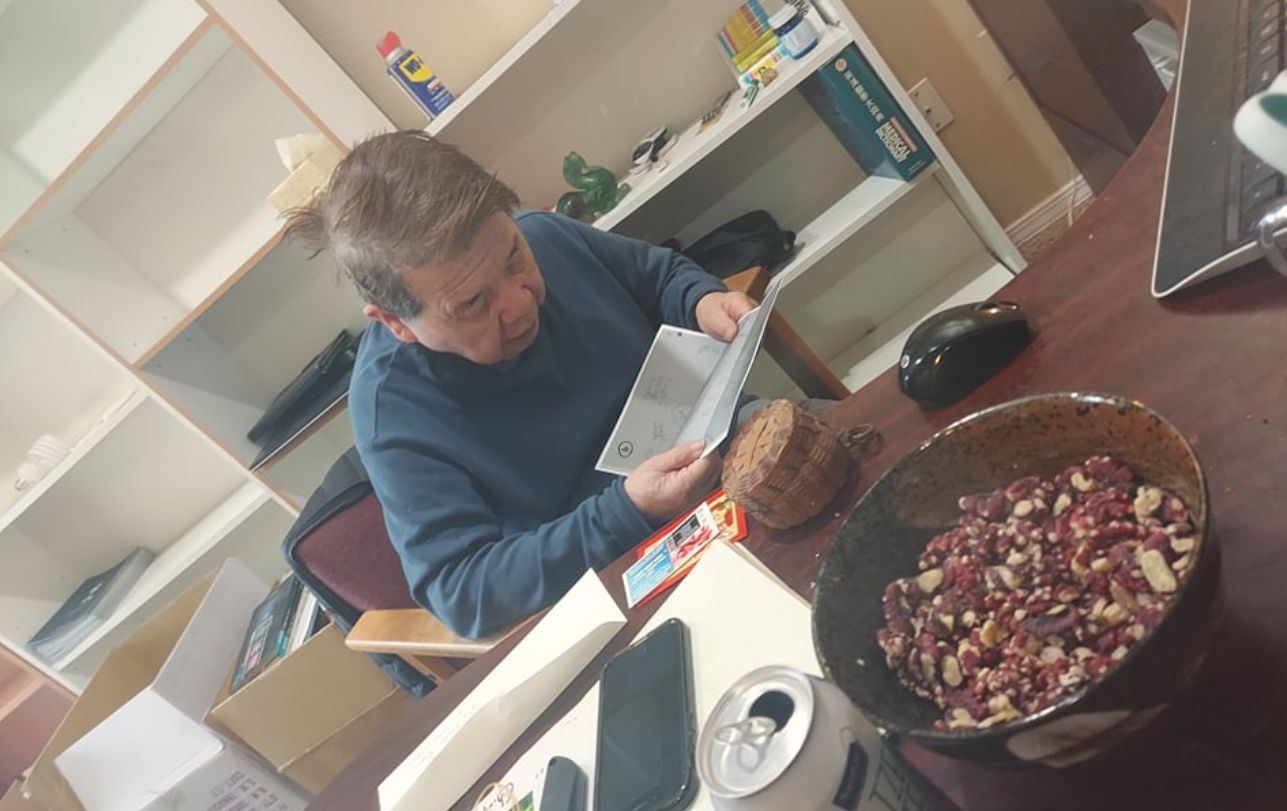Across continents and generations, students of Dr. Shan-Tung Hsu continue to feel the quiet, transformative power of his teachings. A master of Feng Shui, Tai Chi, and Qigong, Dr. Hsu did more than transmit ancient knowledge — he helped his students align their lives with the natural rhythms of the world. From architecture to health, relationships to inner clarity, his guidance echoes through their everyday decisions, offering balance in turbulent times.
Today, we share the reflections of one such student, Sifu Johann Sasynuik — martial artist, teacher, and longtime friend—whose life and work bear the indelible mark of Master Hsu’s legacy.
Dr. Shan-Tung Hsu, a revered scholar of the traditional Form School of Feng Shui, and a master of Tai Chi and Qigong, passed away iin late spring 2025.
Though I graduated from the University of Washington long before our paths crossed, Professor Hsu had already left a quiet but unmistakable legacy on campus. His lifelong friend, Professor Lu Sheng Chong — who also taught Chinese language and history at the university — became the spark behind many of Hsu’s writings. Together, their intellectual companionship shaped a generation of East-West cultural understanding.
Professor Chong, known affectionately in poetic circles as Chong Zi, had a deep influence on my own martial journey. He translated the Dao Dan Pai lineage poem that underpins the internal Kung Fu I teach. It was he who gave me my Chinese name: ???? (Xiong Jiang You Zi)—Raging River, Protection/Blessing Master.
Just 36 blocks from the Blue Mountain Feng Shui Institute in Bellevue, Washington — where Professor Hsu taught his teachings to a growing audience — I grew up under the broad skies of the Pacific Northwest. To this day, my 92-year-old mother still watches the sun rise over the Cascades and shimmer across Lake Sammamish.
I had the good fortune to visit Dr. Hsu’s home on multiple occasions. He was always curious about what tea I brought; I, on the other hand, was happy to drink whatever he was serving. His home library — a towering wall of books — reminded me of my own. Once, over lunch at a nearby Chinese restaurant, I introduced him to another old friend, Professor Hirsch Diamant, a Kyiv-born scholar of Chinese philosophy who taught at Evergreen College and once helped build the Baikonur Cosmodrome during his service in the Soviet Army. Years later, my brother-in-law would launch into space from that very same site aboard a Soyuz spacecraft.
When Dr. Hsu visited my Kung Fu school, ??? (FuShanGuan – Tiger Mountain Training Hall), nestled beside a river and shaded by 25 varieties of bamboo, fruit trees, and native tea bushes, he often remarked on the “remarkable Qi” of the location. Whether it was the land, the plants, or the flowing water, he sensed harmony in every detail.
On the walls of my Joss House and the East-West Harmony Pavilion hang calligraphies by Chong Zi, along with the letter he wrote for my 25th teaching anniversary. Professor Hsu always lingered on these scrolls, smiling at the subtle puns and clever allusions woven into the brushwork — a signature of his friend’s style.
When Chong Zi passed away, we gathered at his oceanside home on Camano Island. His extraordinary library, which we later helped transfer to a sister Kung Fu school housed in a former Buddhist temple in Seattle’s Chinatown, was a testament to a life devoted to scholarship. I led the Daoist memorial ceremony by the water, watching as Dr. Hsu scattered his friend’s ashes into the sea, whispering that he was helping him “swim home” to China.
It brought me deep peace to know that Dr. Hsu himself returned home to Taiwan to spend his final days. There is a saying in the Daoist tradition: That which was, is, and shall forever be.
To walk with such Dragons — even briefly — is a rare joy. Their legacy lives on in the balance they sought, the harmony they taught, and the wisdom they so generously passed on.

